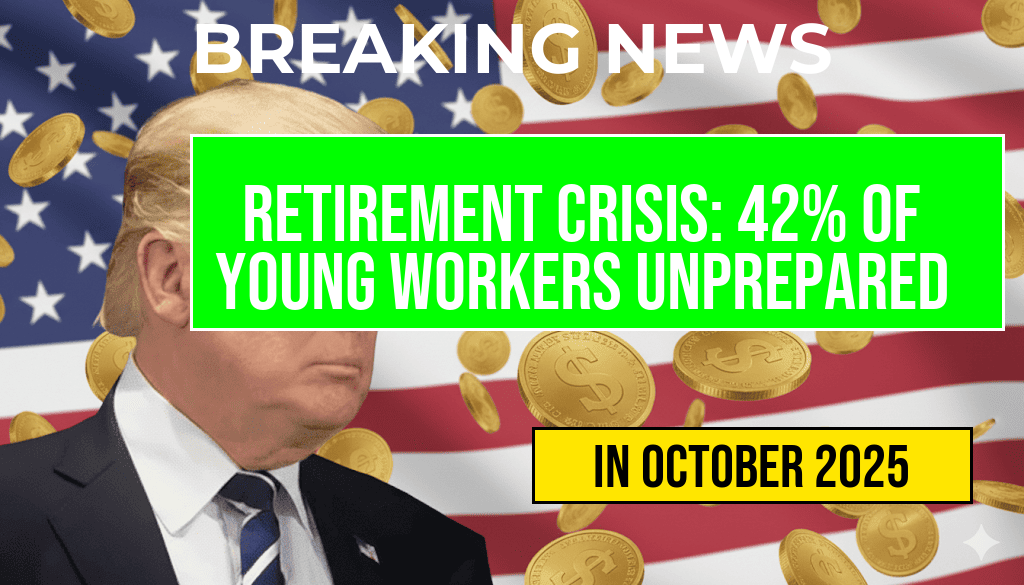The recent release of the Consumer Price Index (CPI) data reveals a 3.1% increase in the core CPI, a key measure of inflation that excludes volatile food and energy prices. This uptick has significant implications for U.S. consumers, particularly those relying on Social Security benefits. Despite the Social Security Administration’s announcement of a $49 monthly increase for 2024—based on the CPI-W index—many seniors and fixed-income earners are feeling economic pressure as rising costs for essentials like housing, healthcare, and groceries outpace this adjustment. As inflation persists at a moderate but steady pace, the disparity between benefit increases and actual living expenses continues to widen, prompting questions about the adequacy of current adjustments and the broader economic outlook for vulnerable populations.
Core CPI Growth and Its Impact on Consumer Spending
The 3.1% rise in the core CPI—a measure excluding food and energy—indicates persistent inflationary pressures in the economy. While this figure is slightly lower than the overall CPI, which often fluctuates more sharply due to volatile sectors, it still signals a sustained increase in the prices Americans pay for goods and services. This trend affects household budgets differently across income brackets, but low- and middle-income families tend to feel the pinch more acutely.
For many, the rising costs are eroding purchasing power at a time when wages are struggling to keep pace with inflation. According to the Consumer Price Index data, inflation influences everything from rent and healthcare to transportation and food, squeezing household budgets and forcing many to cut back on discretionary spending or dip into savings.
Social Security Benefits and Inflation Adjustment
The Social Security Administration announced a $49 monthly benefit increase for 2024, which translates to roughly a 3.2% rise based on the typical benefit amount. This adjustment is tied to the CPI-W index, a measure of inflation used specifically for calculating benefits. However, critics argue that this adjustment may not fully compensate for the rising costs faced by seniors, especially as healthcare expenses—an often significant portion of their budgets—continue rising steeply.
Recent reports suggest that while the benefit increase offers some relief, it falls short of covering the inflation-driven increase in essential expenses. For instance, healthcare costs for seniors, which encompass prescription drugs, hospital stays, and routine care, have increased substantially in recent months, often outpacing the general inflation rate.
Comparative Analysis of Benefit Increases and Cost of Living
| Category | Amount / Rate |
|---|---|
| Social Security Monthly Benefit Increase | $49 (approximately 3.2%) |
| Core CPI Increase (2023-2024) | 3.1% |
| Average Healthcare Cost Increase | 6.5% |
| Average Food Price Increase | 4.2% |
While the benefit adjustment aligns closely with the core CPI, it doesn’t account for the more sharply rising healthcare and food costs that disproportionately impact seniors and fixed-income households.
Economic Outlook and Policy Considerations
Economists and advocacy groups are raising concerns that the current inflation trajectory could further strain household finances. The Federal Reserve’s ongoing efforts to tame inflation through interest rate hikes have shown some success, but the lingering effects continue to ripple through consumer prices. Experts warn that unless inflation moderates further, benefit adjustments may need to be revisited or supplemented through legislative measures.
Policy debates are intensifying around how to better shield vulnerable populations from inflation. Proposals include indexing Social Security benefits to a broader measure of inflation, such as the Consumer Price Index for Elderly Consumers (CPI-E), which tends to reflect the spending patterns of seniors more accurately. Additionally, some advocates are calling for targeted relief programs to help cover the gap between rising costs and benefit increases.
Implications for Future Benefits and Economic Stability
- Potential for Benefit Revisions: As inflation persists, lawmakers may consider adjusting the benefit calculation methods or providing supplementary payments.
- Impact on Retirement Planning: Seniors and pre-retirees are reassessing their savings and investment strategies amid rising living costs.
- Broader Economic Risks: Continued inflation could dampen consumer spending, slow economic growth, and increase financial insecurity among retirees.
For now, the balance between inflation control and maintaining living standards remains delicate. As the government reviews economic indicators and inflation data, many are watching closely for signs of policy shifts that could better address the needs of those most affected by rising costs.
Additional insights can be found through resources like the Federal Reserve’s monetary policy updates and the Social Security Administration’s official announcements.
Frequently Asked Questions
What is the main reason for the increase in consumer costs?
The main reason for the surge in consumer costs is the 3.1% rise in the Core CPI, which measures inflation excluding food and energy prices.
How does the rising CPI affect Social Security benefits?
The increase in Core CPI has led to a $49 increase in Social Security benefits, but the rise may be insufficient to cover the higher consumer costs.
Why is the Social Security increase considered eroded?
The $49 boost in Social Security benefits is being eroded by the surge in consumer costs, reducing the purchasing power of recipients.
What is the significance of the 3.1% Core CPI increase?
The 3.1% increase in Core CPI indicates a notable rise in inflation, impacting costs for consumers and influencing adjustments in social benefits.
How might this inflation trend impact future Social Security adjustments?
If inflation continues at or above current levels, future Social Security adjustments may need to be higher to keep pace with rising consumer costs.






